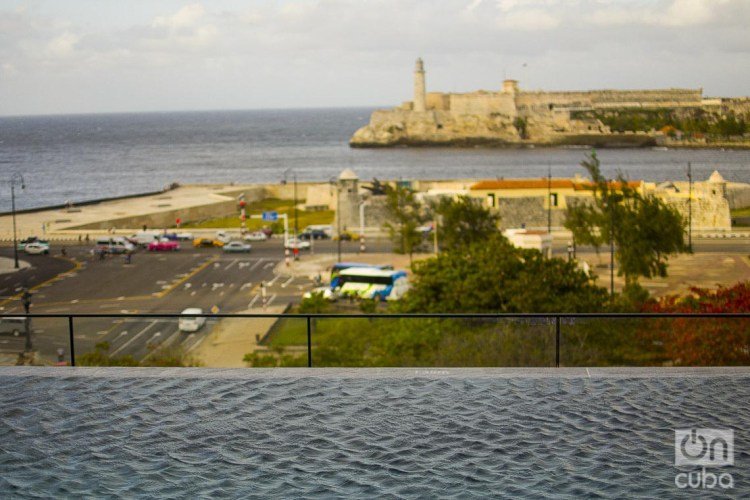Russian tourism in Cuba grew by about 30 percent in 2019, when there were almost 178,000 visitors from that Eurasian country, a figure listed as a record for that market that has become one of the emerging issuers to the Caribbean island, the state media reported this Tuesday.
The Russians go to almost all the country’s tourist destinations, from the provinces of Holguín and Camagüey in the eastern part or Cayo Coco and Cayo Santa Maria in the central region to Havana and Varadero beach resort in the province of Matanzas, these last two the most visited in the country.
The number of Russian travelers to Cuba could increase this year to 200,000, according to the growth forecasts of the Cuban Ministry of Tourism that has chosen Russia as the guest of honor in 2020 at the sector’s most important event: the FitCuba fair.
The Cuban tour operator Havanatur and the Russian agencies Anex Tur, Natalitur and Daikiry have played an important role in the strategy to attract customers, to which are added the flights of airlines from the Eurasian country that currently arrive in several of the island’s provinces, according to the Agencia Cubana de Noticias (ACN) news agency.
For the sector’s experts the sustained increase of Russian travelers to Cuba means the possibility that in the future Russia can have a prominent position together with issuers of tourism to the island, like Canada, and France, United Kingdom and Spain, from Europe.
In 2018, the recovery in Russian tourism had reached more than 137,900 travelers from that country, after the more than 51,000 who visited the island a year earlier.
The decrease in U.S. visitors to Cuba, attributed mainly to the intensification of travel restrictions applied by the United States, had a strong impact on the Caribbean country’s leisure industry.
In fact, the Cuban tourism authorities reduced the figure they had planned to receive in 2019 to 4.3 million visitors―until now not confirmed―instead of the initial estimate of 5.1 million.
Canada remains the main issuer of tourists to Cuba followed by the Cuban community abroad, the U.S., France, Germany, Mexico and Spain, while Russia, China, Portugal and Argentina are seen as potential markets.
Tourism is Cuba’s second source of income after the export of professional services, and it contributes 10% to the gross domestic product (GDP) and generates approximately half a million jobs.










